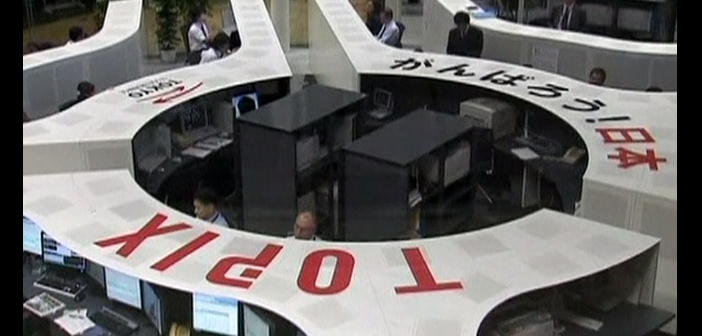Japan is renowned for having recurrent tsunamis and earthquakes that cost the region billions of resources and sadly takes hundreds and thousands of lives. On the other hand, Japan has learned how to deal with these calamities as most excellent they can, and have adapted brilliantly to the circumstances.
Characteristics of Japanese Tsunamis and Tohoku Earthquake
The tsunamis resulted by the Tohoku Earthquake on 11th of March year 2011 was what surely resulted most of the injuries. The mainstream of the casualties in fact died through drowning from the killer tsunami and not because of the earthquake itself. According to the statistics, virtually 92 percent of the casualties were because of drowning.
Waves of more than forty meters or 131 feet were listed, and waves as tall as seven meters or 23 feet smashed into Sendai coast, a city located in the Northern portion of Miyagi situated on the Honshu Island.
Tsunami signs were given to the populace prior the tsunami strike. On the other hand, for certain reason, just about 58 percent of individual really acknowledged the signs and move to higher ground. And those which relocated just five percent were hit by the powerful wave. However, those who take for granted the signal, 49 percent of them were struck with the big waves. And most of them died because of drowning.
Death and Injury Statistics
According to the statistics, there are 15, 966 deaths all over Japan. Statistics also show the higher portion of the total casualties was in Miyagi that has 9, 535 deaths. Followed by Iwate that has 4, 673 casualties, third is Fukushima that has 1, 606 deaths.
When it comes to injury, statistics shows that there are 6,142 minor and serious injuries reported all over Japan. Still Miyagi has the highest percentage of injury with 4,144. There are also 2, 668 people missing across the country, 1, 302 in Miyagi and 1, 151 in Iwate.
Current statistics show that 4.4 million of houses left with no electricity. 1.5 million Houses without water and virtually 1.2 million of buildings destroyed and damaged. There are 452,000 individual living in relocation centers and shelters.
Vulnerability of Japan
Today in order to avoid this thing to happen again, 40 percent of the Japanese coast is in fact surrounded with soaring sea walls that are intended to secure the population against devastating tsunamis. Specifically in Minamisanriku, the walls are tall as 18 feet or 5.5 meters. On the other hand in most places or areas of Japan walls are just about three meters or 10 feet high, wherein the 2011 devastating tsunami in fact reached 23 feet or 7 meters high is most places where it hit Japan.
Failing the security of the sea walls, today Japan has lots of purpose developed Tsunami evacuation centers. Remarkably, 101 of these shelter and evacuation sites were in fact struck by the sea water themselves. The power of the tsunami was only that expected.
Japan like other country in Ring of Fire is prone to earthquake which can cause tsunami; this is according to the statistics. So, the government make a safety measure in order to safeguard its populace.




